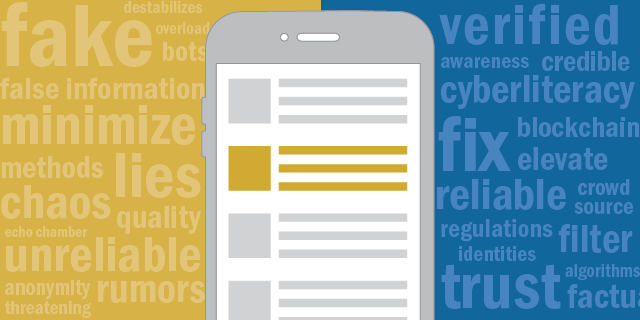Thou shalt not use a computer to bear false witness
Computer Ethics 2
This commandment states that the usage of computer systems to spread false information or bear false witness is unethical, this could include spreading fake information and rumours on the internet(CMPE, n.d). However, spreading of fake information and rumours is not necessarily something as simple as tweeting or posting false information on social media, this could also mean providing fake information from a computer system in a law of court.
In digital forensics, computers may be tampered with by the perpetrators with the aim of falsifying the evidence of their crimes. Which is why it is the digital forensics investigators job to ensure that such information is not altered in any form. This is usually done by the use of a method known as hashing which was mentioned in the earlier blog-posts.
This method involves the storing of a hash(digest) of the information/file as soon as it was acquired and then cross-referencing that hash with the hash of the same information/file after analysis to make sure that this evidence is not altered by either investigators or hackers.
This makes the evidence admissible in court and follows the commandment 'Thou shalt not use a computer to bear false witness', as the computer evidence is ensured to be untampered with.
Anderson, J. and Rainie, L., (2017). The Future Of Truth And Misinformation Online. [image] Available at: <https://www.pewresearch.org/internet/wp-content/uploads/sites/9/2017/10/PI_2017.10.19_Future-of-Truth-and-Misinformation_featured.png> [Accessed 7 December 2020].
CMPE, (n.d). Computer Ethics - Lecture 10. [online] Cmpe.boun.edu.tr. Available at: <https://www.cmpe.boun.edu.tr/~say/c150/intro/lit10.html> [Accessed 7 December 2020].



Comments
Post a Comment